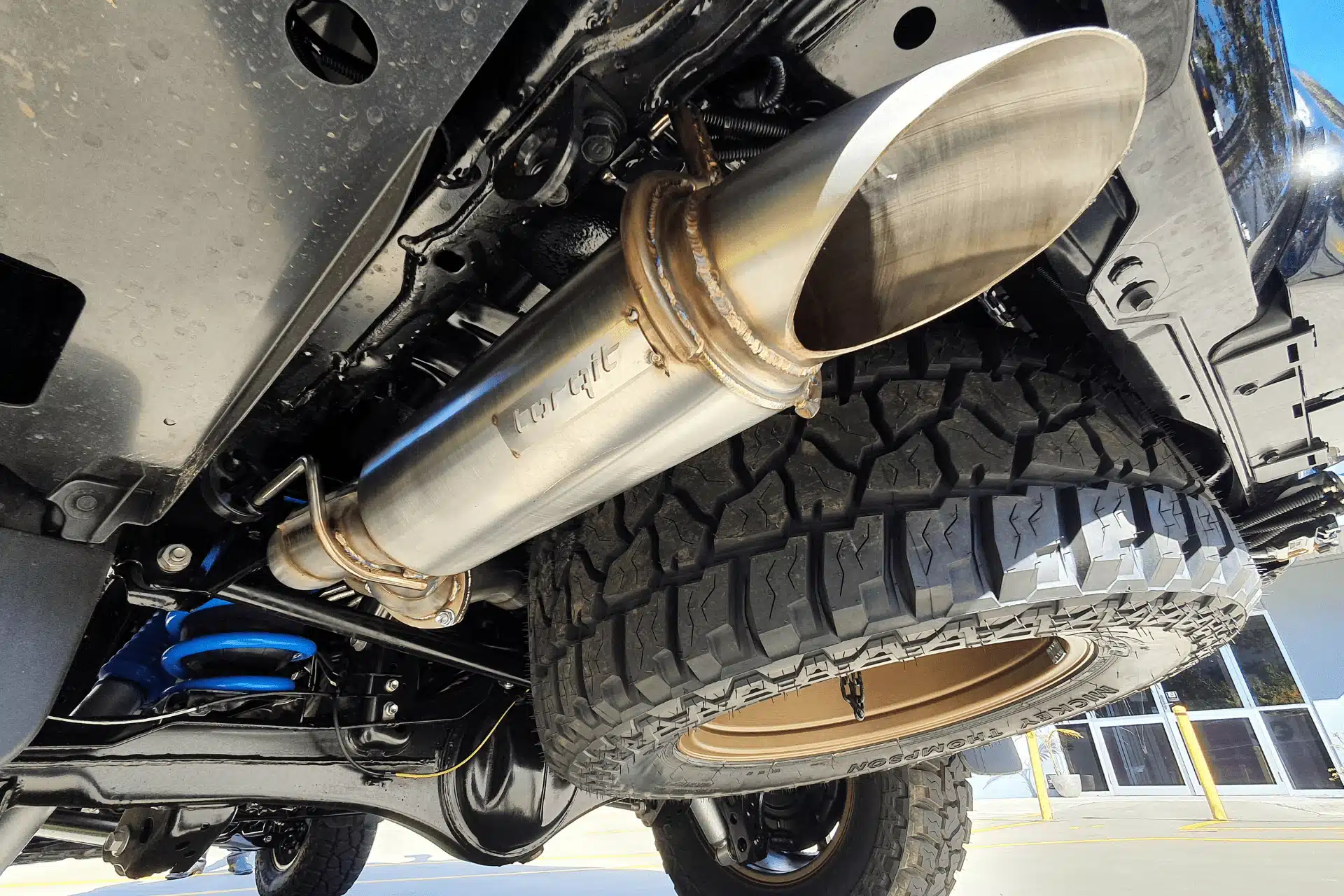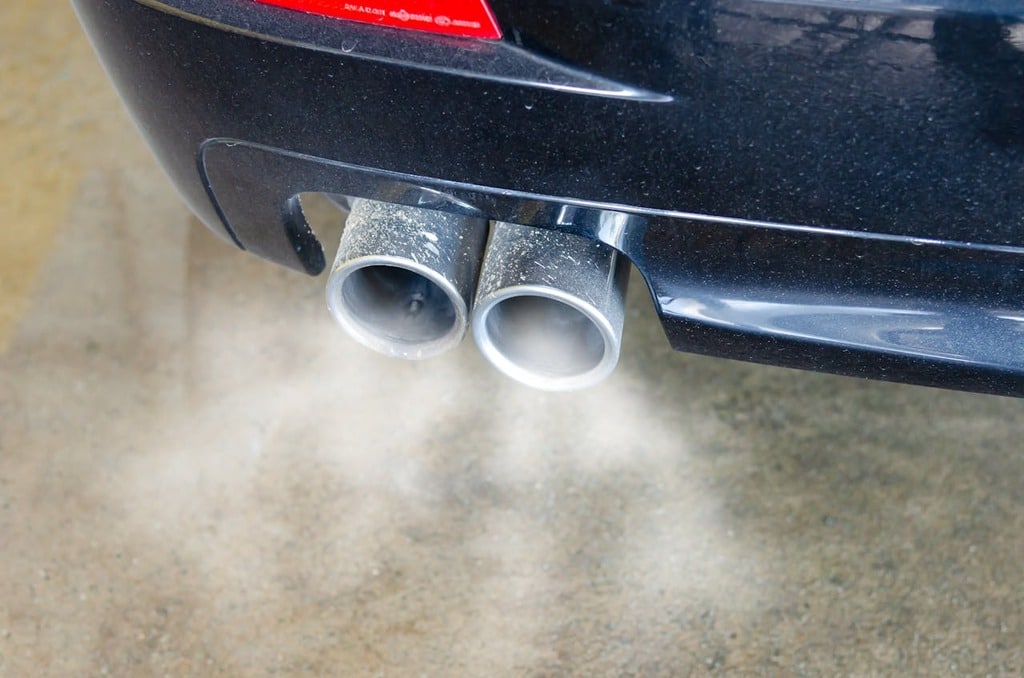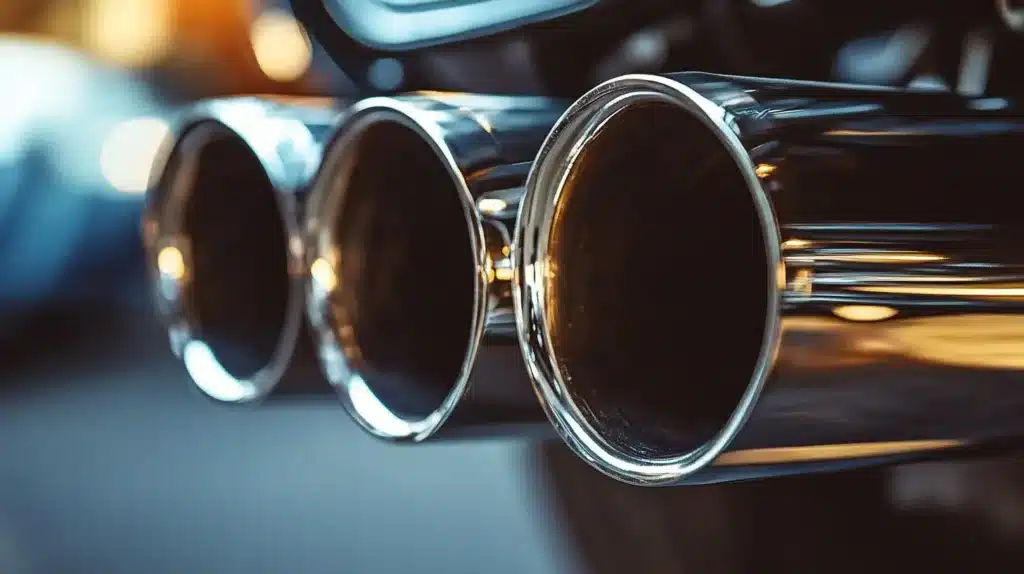Choosing the right exhaust tubing can significantly improve your vehicle’s performance, but with so many options available, it’s easy to feel overwhelmed. Whether you’re upgrading your car or repairing your exhaust system, making the right choice is essential for durability and efficiency. This blog will cover the five best tips for choosing exhaust tubing.
1. Understand the Material Options

The materials stainless steel, aluminized steel, and mild steel are the ones that are utilized the most frequently for exhaust pipes. Stainless steel is highly durable and resistant to rust, making it a popular choice for those seeking long-lasting performance.
Aluminized steel offers a balance between cost and corrosion resistance but may not last as long as stainless steel.
Mild steel is the least expensive but can rust quickly, especially in wet conditions. Consider your budget and how long you want the tubing to last when selecting the material.
2. Consider the Tube Diameter
The diameter of the exhaust tubing plays a significant role in vehicle performance. A larger diameter tube allows exhaust gases to flow more freely, which can improve horsepower and engine efficiency.
However, if the diameter is too large for your engine, it can reduce the engine’s back pressure, leading to a loss of torque. On the other hand, a smaller diameter tube can create more back pressure but may limit engine efficiency.
It’s important to match the tube diameter with your vehicle’s engine size. Typically, larger engines require a wider diameter, while smaller engines perform better with narrower tubes.
3. Evaluate the Tube Length and Shape
When selecting the length of the tubing, you should take into consideration the design of your vehicle. Longer tubes can help reduce noise and improve exhaust flow, but they can also take up more space.
The shape of the tube, such as straight or bent, also impacts the flow. Straight tubes provide the best exhaust flow, while bent tubes can slightly restrict it. When evaluating length and shape, consider your vehicle’s space limitations and performance goals.
4. Check for Corrosion Resistance

Exhaust systems are exposed to high temperatures and moisture, which can lead to rust and damage over time. Choosing tubing made from corrosion-resistant materials like stainless steel or aluminized steel will ensure your exhaust system lasts longer and requires less maintenance.
Tubing with poor corrosion resistance may fail prematurely, costing you more in repairs and replacements. If you live in a region with heavy rainfall or snow, consider a more corrosion-resistant material to prolong the life of your exhaust system.
5. Match with Your Vehicle’s Requirements
Each vehicle has different engine specs, and the exhaust system should be tailored to fit these specifications. Consult your vehicle’s manual or a professional mechanic to determine the ideal tubing size, material, and design for your vehicle.
A well-matched exhaust system can improve engine performance, fuel efficiency, and sound quality. Additionally, make sure the tubing is compatible with your vehicle’s mounting points and any other parts of the exhaust system.
Make an Informed Decision for Better Performance
By following these tips, you’ll be able to choose the perfect exhaust tubing for your vehicle, ensuring optimal performance and longevity. For expert advice and high-quality products, visit Exo Auto and elevate your vehicle’s performance today!
















